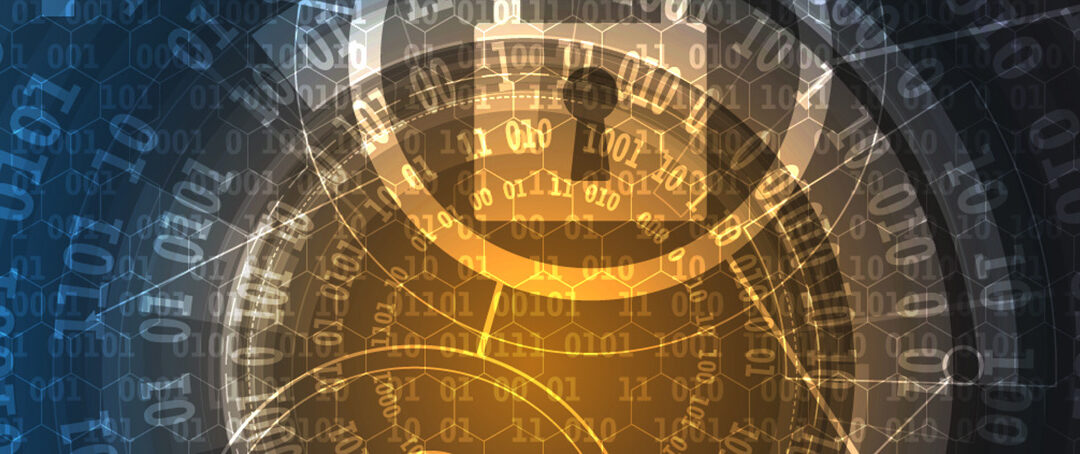In August, Tracy Dean, Product Manager, IMS Tools and z/VM Tools, presented an insightful session on “What does IBM z Cyber Vault mean for an IMS environment?” In her presentation, she explored the significance of IBM Z Cyber Vault in safeguarding data integrity and facilitating efficient recovery within an IMS (Information Management System) environment.
Understanding Logical Data Corruption
Logical Data Corruption represents a unique challenge in the realm of data security. It refers to data destruction or corruption at the content level, distinct from the threats posed by malware or hacking. Logical data corruption can manifest as unintentional actions within your organization, such as data deletion, improper encryption, or selective manipulation. Importantly, these incidents are predominantly accidental and originate from within the company. Traditional high-availability disaster recovery solutions cannot effectively prevent logical data corruption.
The Pitfall of Backing up Corrupt Data
Traditional data backup solutions lack content awareness. They continuously replicate data for backup until halted, even if the data has been deleted or altered. Consequently, if your application continues running with errors or poor performance, traditional solutions replicate these issues to your Disaster Recovery (DR) or High Availability (HA) site.
IBM Cyber Vault offers a solution to this problem. It creates scheduled point-in-time copies of your data stored in a secure, isolated environment. Additionally, Cyber Vault conducts data validation on these point-in-time copies, creating continuously-checked security checkpoints.
Securing Your Backups
Logical data corruption can also compromise your backups, intentional or not. Cyber Vault addresses this concern by maintaining backups in an isolated, secure location inaccessible from the production system. These Safeguarded copies are read-only and include multiple validated recovery points. This setup ensures that logical errors and malicious intruders cannot propagate production errors into the Cyber Vault.
Furthermore, Cyber Vault enables forensic analysis in case of corruption, allowing organizations to identify what changed and implement surgical or catastrophic recovery measures.
IBM Cyber Vault for IMS
Within the IMS environment, IBM Cyber Vault offers crucial features such as data validation (ensuring data integrity through scheduled point-in-time copies); forensic analysis (investigating data corruption and identifying its source); and surgical recovery (targeted recovery efforts to restore specific components).
The Cyber Vault Cycle
The Cyber Vault process initiates with an Initial Program Load (IPL) of Safeguarded copies and the Cyber Vault volume. Data validation is a primary focus and can be automated for efficiency.
- Creating Safeguarded Copies : Regularly generating Safeguarded copies of data and system configurations, potentially hourly, to serve as data snapshots.
- Sysplex and Data Structure Validation : Checking Sysplex infrastructure, IMS database structures, and ensuring synchronization with Db2 if necessary.
- Data Content Validation (Type 3) : Examining the actual content of data, which may require a customized approach.
- Additional Recovery Volumes : Maintaining separate sets of recovery volumes for various phases, such as forensic analysis and recovery.
- Permanent Volume : Preserving essential data that remains consistent between different IPLs of Safeguarded copies.
- Automation and Reporting : Automating the validation process and reporting for added efficiency and assurance.
Streamlining Data Validation in IBM Z Cyber Vault
Efficient data validation is the cornerstone of data security within the Cyber Vault environment. To streamline this process frequent Safeguarded copies are essential. Additionally, Flash Copy technology can accelerate the initial copy creation. Balancing validation frequency is crucial for practicality and System Recovery Boost enhances IPL efficiency. Lastly, basic system checks, data structure validation, and resource availability checks are integral to validation.
Navigating Forensic Analysis in the Cyber Vault Environment
Forensic analysis is the next critical phase after data validation. It involves:
- Selecting a previous Safeguarded copy for analysis.
- IPL and copy processes within the Cyber Vault.
- Data preservation for insights into the issue’s root cause.
- Analysis to identify and understand the problem.
- Planning for recovery, including practice in the Cyber Vault environment.
Forensic analysis provides isolation, granular recovery, and data preservation benefits.
Surgical Recovery Scenarios
In her presentation, Tracy presented three surgical recovery scenarios within the Cyber Vault environment. The first explored using image copies available in production for analysis and practice. Then she discussed recovering in production when image copies are only available in the Cyber Vault. Finally, Tracy walked through recovery without image copies in either production or the Cyber Vault, involving log and data reconstruction.
Conclusion
IBM Z Cyber Vault is a robust solution for ensuring data integrity and facilitating efficient recovery within an IMS environment. It addresses logical data corruption, secures backups, and enables forensic analysis. Whether you utilize third-party tools to aid the process or not, understanding the phases of data validation, forensic analysis, and surgical recovery is vital for organizations seeking to enhance data security and resilience in the face of evolving threats. It is also important to maintain consistent retention policies for image and Safeguarded copies. Tracy concluded by emphasizing the importance of staying informed through IBM resources and leveraging relevant tools can further bolster data protection and recovery efforts.








0 Comments